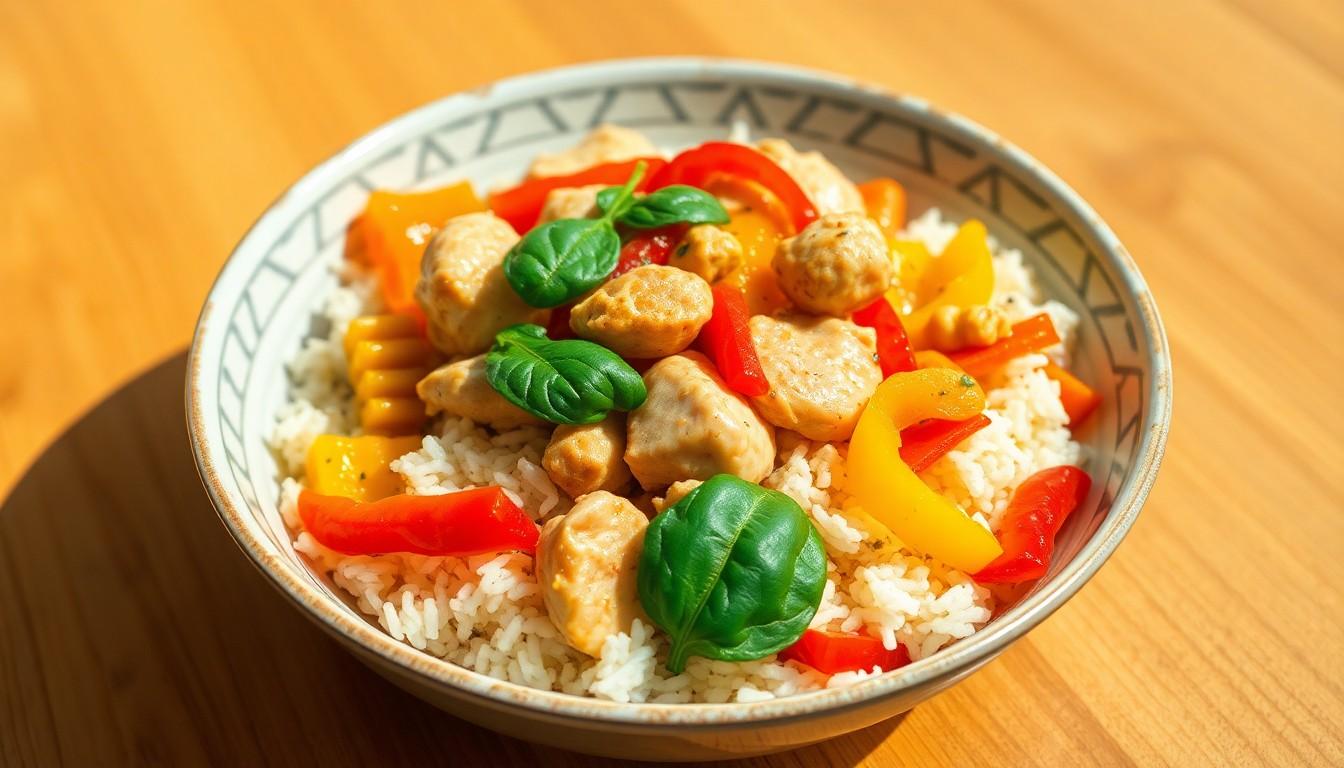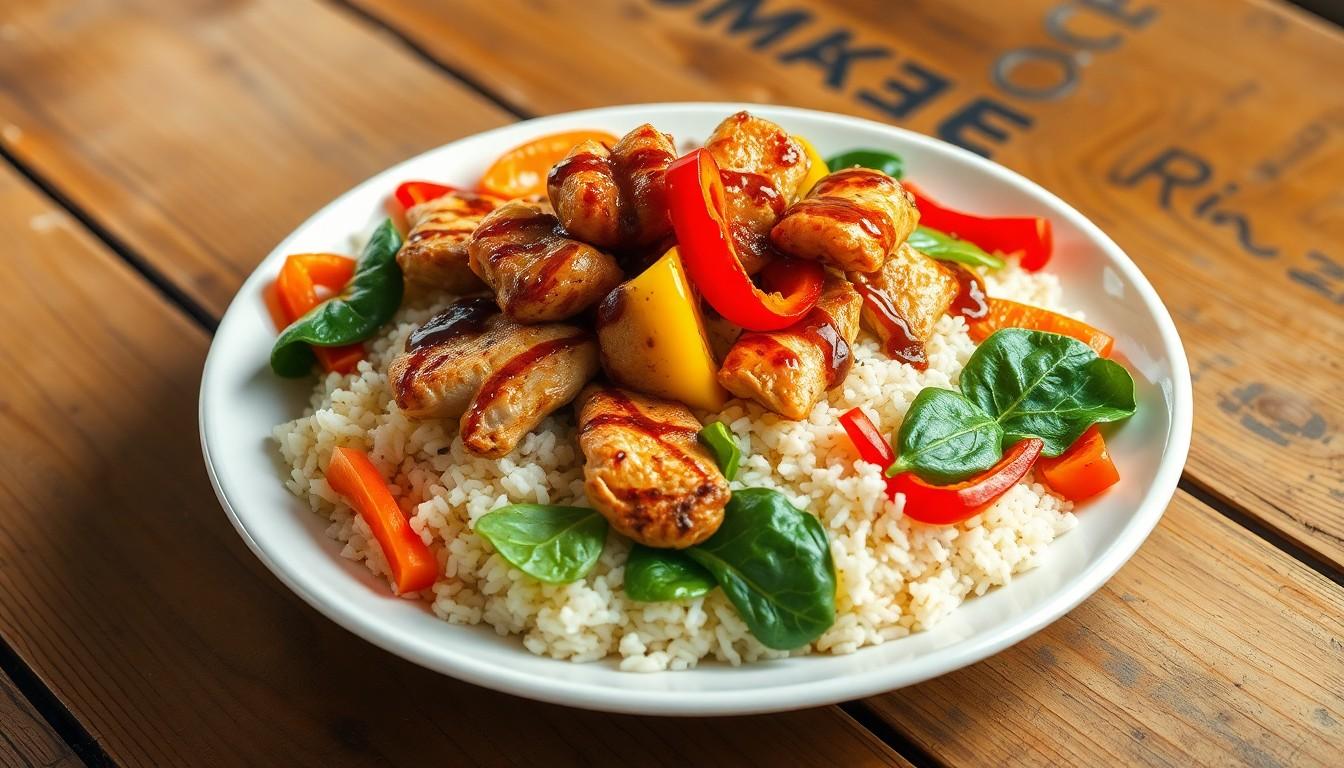Renkooki, a delightful fusion of flavors, has taken the culinary world by storm. But before diving into this tasty treat, one question lingers in the air: how many calories are hiding in that delicious morsel? Whether you’re a calorie counter or just curious, understanding the nutritional value of renkooki can help you enjoy it guilt-free.
Overview Of Renkooki
Renkooki combines various flavors and textures, making it a unique dish in modern cuisine. This dish generally consists of ingredients like rice, vegetables, and proteins, arranged creatively to appeal to both the palate and the eyes. Nutritionally, the calorie content of renkooki varies based on preparation methods and specific ingredients used.
Typically, a standard serving of renkooki contains around 300 to 500 calories. For instance, a serving with chicken provides a higher caloric value than a vegetarian version, due to the protein content. Understanding the calorie content allows individuals to make informed choices when enjoying this dish.
Some may find the calorie count influenced by additional toppings or sauces. For example, drizzling a rich sauce on top increases the total calories substantially. Additional ingredients, such as fried items or cheese, can further elevate the caloric count.
Portion size plays a vital role in calorie consumption as well. Smaller servings help reduce the number of calories while still allowing enjoyment of the dish. It’s essential to consider personal dietary goals when indulging in renkooki.
Nutrition labels typically clarify these aspects for consumers. Ingredients list and calorie counts help in making mindful choices about portion sizes and variations. Renkooki is a flavorful option that can fit into various eating plans, given the right ingredient selections.
Nutritional Components

Renkooki offers a diverse range of nutrients, appealing to those who prioritize their diet. Understanding its nutritional components enriches the eating experience.
Macronutrients Breakdown
Renkooki typically consists of carbohydrates, proteins, and fats. Carbohydrates contribute most, with rice serving as the primary source. Proteins follow, especially in versions featuring chicken or tofu, providing essential amino acids. Fats vary significantly depending on the preparation, particularly from added oils or toppings. A standard serving might have approximately 40 grams of carbohydrates, 15 grams of protein, and 10 grams of fat, depending on the specific recipe used.
Micronutrients Analysis
Renkooki also contains vital vitamins and minerals. Vegetables commonly included, like bell peppers and spinach, boost vitamin C and iron levels. Adding protein sources enhances B vitamins and zinc contributions. This dish even accommodates dietary choices, allowing for variations rich in antioxidants or fiber if whole grain rice and a variety of vegetables are utilized. Exploring these micronutrients reveals renkooki as not just a tasty option but also a nutritious one.
Caloric Content
Renkooki features a range of caloric values based on its composition. A standard serving typically contains 300 to 500 calories depending on preparation.
How Many Calories In Renkooki?
Caloric content varies widely across different versions of renkooki. For example, a chicken variant usually has higher calories than a vegetarian option. The addition of toppings and sauces further influences total caloric values. Tracking portion sizes ensures accuracy in calorie consumption. Nutrition labels provide essential details, allowing consumers to monitor their intake effectively.
Factors Affecting Caloric Value
Ingredients directly impact the caloric content of renkooki. The choice between rice, vegetables, and proteins, such as chicken or tofu, alters the overall calorie count significantly. Cooking methods also play a role; frying adds more calories than steaming. Additional toppings, like sauces and herbs, contribute to the caloric variation as well. Awareness of these factors aids in making informed, nutritious choices.
Health Considerations
Renkooki offers various health features that appeal to different dietary needs. Packed with nutrients, it serves as a well-rounded meal option. Ingredients like vegetables contribute vitamins, while protein sources such as chicken or tofu supply essential amino acids, enhancing overall nutrition. The dish’s flexibility allows for personalization based on dietary restrictions. Adding fresh vegetables increases fiber content, promoting digestive health. Consumers might also appreciate that portion sizes can easily be adjusted to fit calorie goals.
Potential drawbacks exist alongside its benefits. High-calorie versions, especially with fried ingredients or rich sauces, may counteract health goals. Sodium levels can rise significantly with certain sauces or toppings, presenting risks for individuals watching their salt intake. Not every variant of renkooki addresses all nutritional requirements, making it essential to check ingredients and portion sizes. Those with allergies must exercise caution, as popular additions may include shellfish or nuts. Overall, awareness of these factors plays a crucial role in making healthier choices with renkooki.
Conclusion
Renkooki stands out as a delicious and versatile dish that caters to various dietary preferences. With its calorie count ranging from 300 to 500 calories per serving, it offers an appealing option for those mindful of their caloric intake. The dish’s nutritional profile is enhanced by its combination of proteins, carbohydrates, and healthy fats, making it a balanced meal choice.
However, it’s essential to consider ingredient selections and cooking methods, as these factors can significantly impact the overall calorie content. By being aware of the nutritional components and potential health considerations, individuals can enjoy renkooki while aligning with their dietary goals. This dish not only satisfies the taste buds but also promotes a mindful approach to eating.

